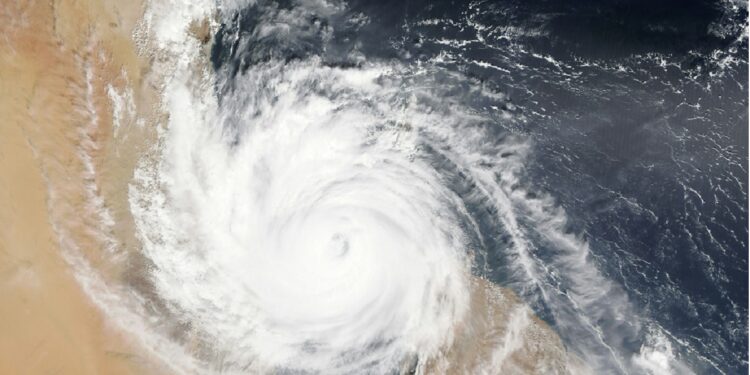IBM announced a new AI foundation model for various weather and climate use cases, available in open source to the scientific, developer, and business communities.
Developed by IBM and NASA, with contributions from Oak Ridge National Laboratory, the model offers a flexible, scalable way to address various challenges related to short-term weather and long-term climate projection.
This model was pre-trained on 40 years of Earth observation data from NASA’s Modern-Era Retrospective Analysis for Research and Applications, Version 2 (MERRA-2). As a foundation model, its unique architecture allows it to be fine-tuned to global, regional, and local scales. This flexibility makes it suited for a range of weather studies.
Because of its unique design and training regime, the weather and climate foundation model can tackle far more applications than existing weather AI models, as outlined in a paper recently published on arXiv, “Prithvi WxC: Foundation Model for Weather and Climate.”
“Advancing NASA’s Earth science for the benefit of humanity means delivering actionable science in ways that are useful to people, organizations, and communities. The rapid changes we’re witnessing on our home planet demand this strategy to meet the urgency of the moment,” said Karen St. Germain, director of the Earth Science Division of NASA’s Science Mission Directorate. “The NASA foundation model will help us produce a tool that people can use: weather, seasonal, and climate projections to help inform decisions on how to prepare, respond, and mitigate.”
The foundation model is available for download on Hugging Face, along with two fine-tuned versions of the model that tackle specific scientific and industry-relevant applications: climate and weather data downscaling and gravity wave parameterization.
“This space has seen the emergence of large AI models that focus on a fixed dataset and single use case — primarily forecasting. We have designed our weather and climate foundation model to go beyond such limitations so that it can be tuned to a variety of inputs and uses,” said Juan Bernabe-Moreno, Director of IBM Research Europe and IBM’s Accelerated Discovery Lead for Climate and Sustainability.
“Our collaboration with IBM and NASA to support the creation of the Prithvi weather and climate foundation model was a key part of our goal to bring advanced computing and data to problems of national importance, in this case, for weather and climate applications, which need continued computational science and model skill improvements to be impactful,” said Arjun Shankar, director of the National Center for Computational Sciences at Oak Ridge National Laboratory.
This weather and climate model is part of a larger collaboration between IBM Research and NASA to use AI technology to explore our planet and joins the Prithvi family of AI foundation models.
Also Read: IBM to Acquire Accelalpha to expands Its Oracle consulting expertise























